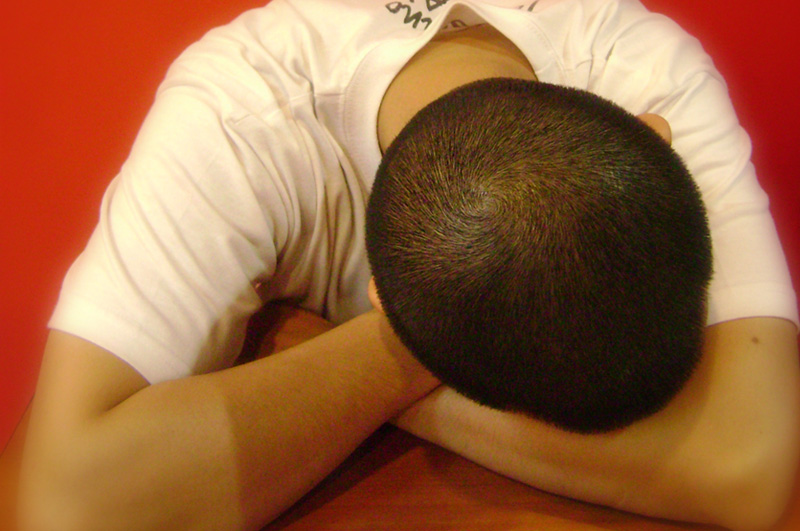Colton sits with his head down on his desk catching a few extra minutes of sleep. Anna chews absentmindedly on the end of her pencil, worrying about the spelling test this afternoon. Noah stands guard by the door waiting to explain that he spent the night at his mom’s house and left the homework at his dad’s. Each child has a different emotional, behavioral, and physical response to stress in daily life. Most common definitions refer to stress as mental, emotional, or physical tension or pressure. A certain amount of pressure or tension can be positive, motivating us to achieve. Evaluating a student’s work and assigning a grade produces stress that is designed to motivate a student to strive to reach a standard. However, stress can quickly build to a point where it becomes a negative force. When we go past this threshold, stress becomes a deterrent to progress and an impediment to learning.
The body perceives elevations in stress as a sign of danger, which activates the brain’s amygdala and our fight-or-flight response. Once activated, this system is designed to flood the body with adrenaline and reroute blood flow to maximize our ability to fight or run from danger. Our bodies are designed so that when this system is activated, our prefrontal cortex (which controls executive functioning) decreases its activity. The two systems do not work well simultaneously. Since our executive functioning system controls reasoning, it is vital to learning. Our pencil-chewing Anna is less likely to remember what she has studied or reason effectively if she worries enough to activate her amygdala. She will perform better if she can relax and allow her prefrontal cortex to work at peak capacity.
Repeated exposure to stress that is past the positive threshold can cause decreased energy, increased irritability, and even clinical anxiety or depression. Negative stress can result in actual physical symptoms such as headaches, stomach aches, muscle tension, and decreased immunity. Emotional manifestations of negative stress may include low frustration tolerance, lack of motivation, and emotional deregulation. Stress has an extremely detrimental effect on cognition and learning. In the classroom, this negative stress inhibits retention, undermines concentration, and erodes self-confidence. A stressed body and mind has little extra energy for creativity, focused attention, or learning.
Negative stress in young children is often evidenced by regressive behavior, temper tantrums, and meltdowns. In older children, stress is often more difficult to recognize because it is more individualized. Knowing students’ personalities and patterns of behavior can help the teacher identify problematic stress. A gregarious student who suddenly becomes quiet and withdrawn, an introverted passive child who turns defiant and disruptive, or a studious pupil who falls behind in his class work are all examples of children manifesting signs of detrimental stress.
It has been my experience that boys and girls often respond differently to stress. Girls are more likely to become withdrawn and tearful, while boys often become aggressive or defiant. In recognizing stress, it is important to look beyond a child’s behavior to understand the etiology of that behavior. Why is Devon refusing to complete his math? What is the point of the behavior? What is gained by the defiance? Boys are often mislabeled as defiant, when stress or anxiety is actually the root of the behavior. For some children, anger and defiance are more acceptable socially than stress or anxiety. Regardless of gender or age, common signs to watch for in all children include poor frustration tolerance, low energy, reduced emotional control, and increased anxiety.
While we cannot eradicate stress from the lives of students, we can help increase their understanding of stress by teaching coping skills and building resistance. Teachers can work to make their classrooms safe places that empower students and help promote resiliency. There are simple and creative ways that we can lower the stress in the classroom and help students stay below their negative stress thresholds.
